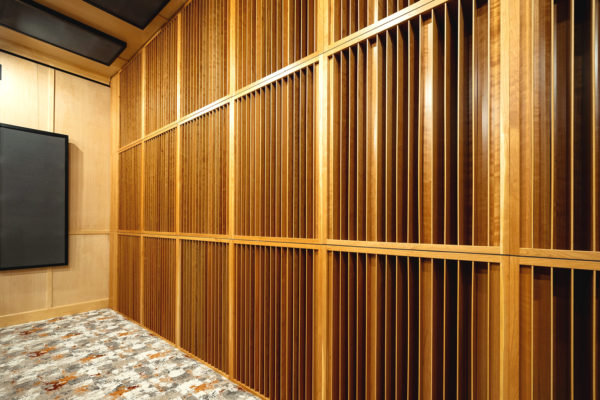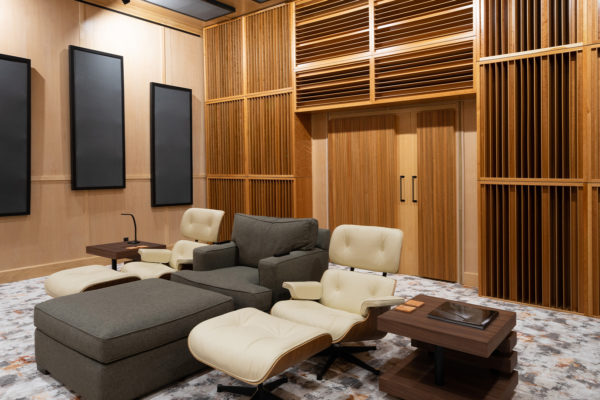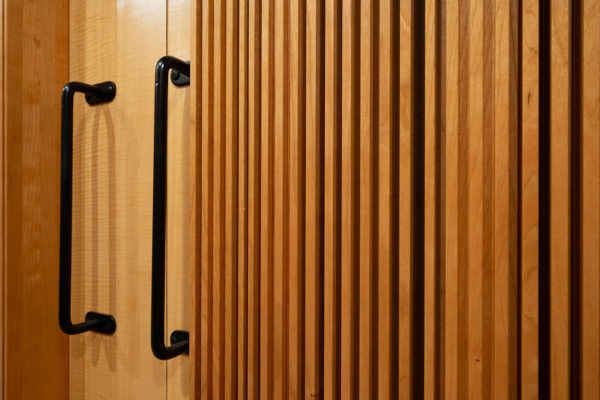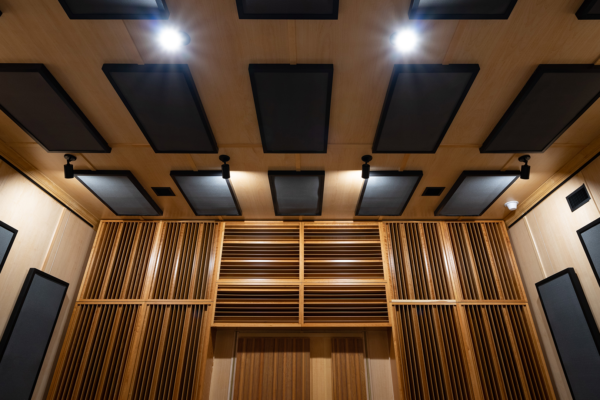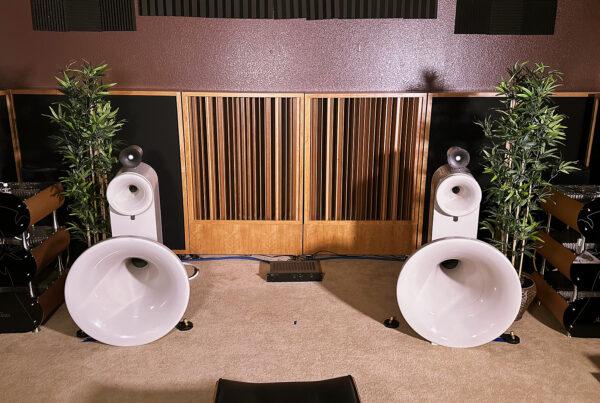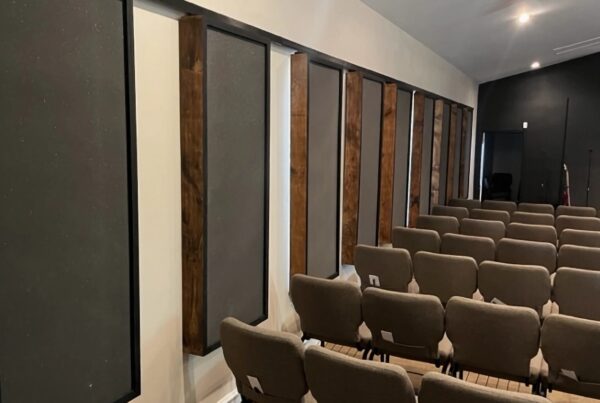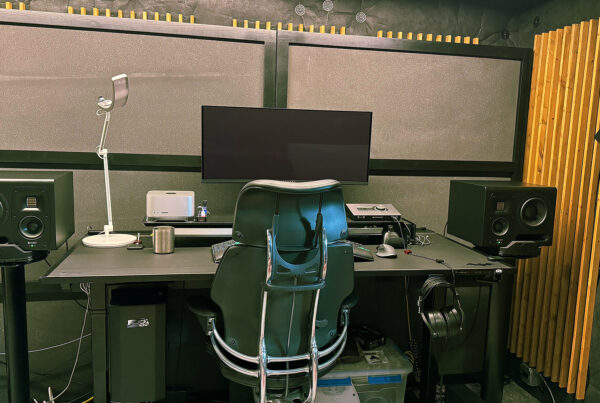Acoustic Design Project
Hugh’s
Room
A Lifelong Dream
One day the realization happens. It’s a realization that should have happened before one even got into the car and started driving down the hi-fi highway. It’s the realization that you must have a room that will allow you to hear what your system is capable of producing. By building your own listening room, you have realized that you no longer need to spend money chasing a small increase in resolution or dynamics with new speakers and amplifiers and placing that gear in a room that may or may not let you hear that extra 10 K you just spent for a new amplifier or speaker. You have realized that spending more money on gear without a proper listening room is not the way to go. It never has been. It never will be.
Noise Management
Your first realization is that you must manage all noise issues from outside. Noise transmission from outside sources into your listening room will have a large impact on the presentation value of your system. Lowering the noise floor allows every nuance of your gear to be heard. It allows for the smallest design tweaks by the amplifier or speaker designer to be heard and appreciated. A low noise floor allows for the separation of notes and the space between those notes to be heard and felt. It is the darkness between those notes without any noise to get in the way. Noise is also a two-way valve where you must contain the noise within the room so it is not transmitting to other rooms or neighbors. Containing all full range noise from your speakers will benefit all issues that will result from not properly managing low, middle, and high-frequency energy.
We have three areas of energy that we must manage. We have low-frequency energy which is below 100 Hz. We have middle and high-frequency energy that makes up the rest of the sonic spectrum. All three energy types have different treatment requirements. We must focus on low-frequency energy first and foremost. Without proper low-frequency management, your room will never have the chance to exhibit all of the gear’s potential. Remember for every fundamental below 100 Hz. there is a corresponding harmonic above 100 Hz. that represents the middle and high-frequency energy within our room. The best way to treat low-frequency issues is within the walls themselves. You can manage the necessary rates/levels between the studs and absorb energy every 14 1/2″. That is a level of control never realized until the creation of our CAW or Carbon Absorbing Wall.
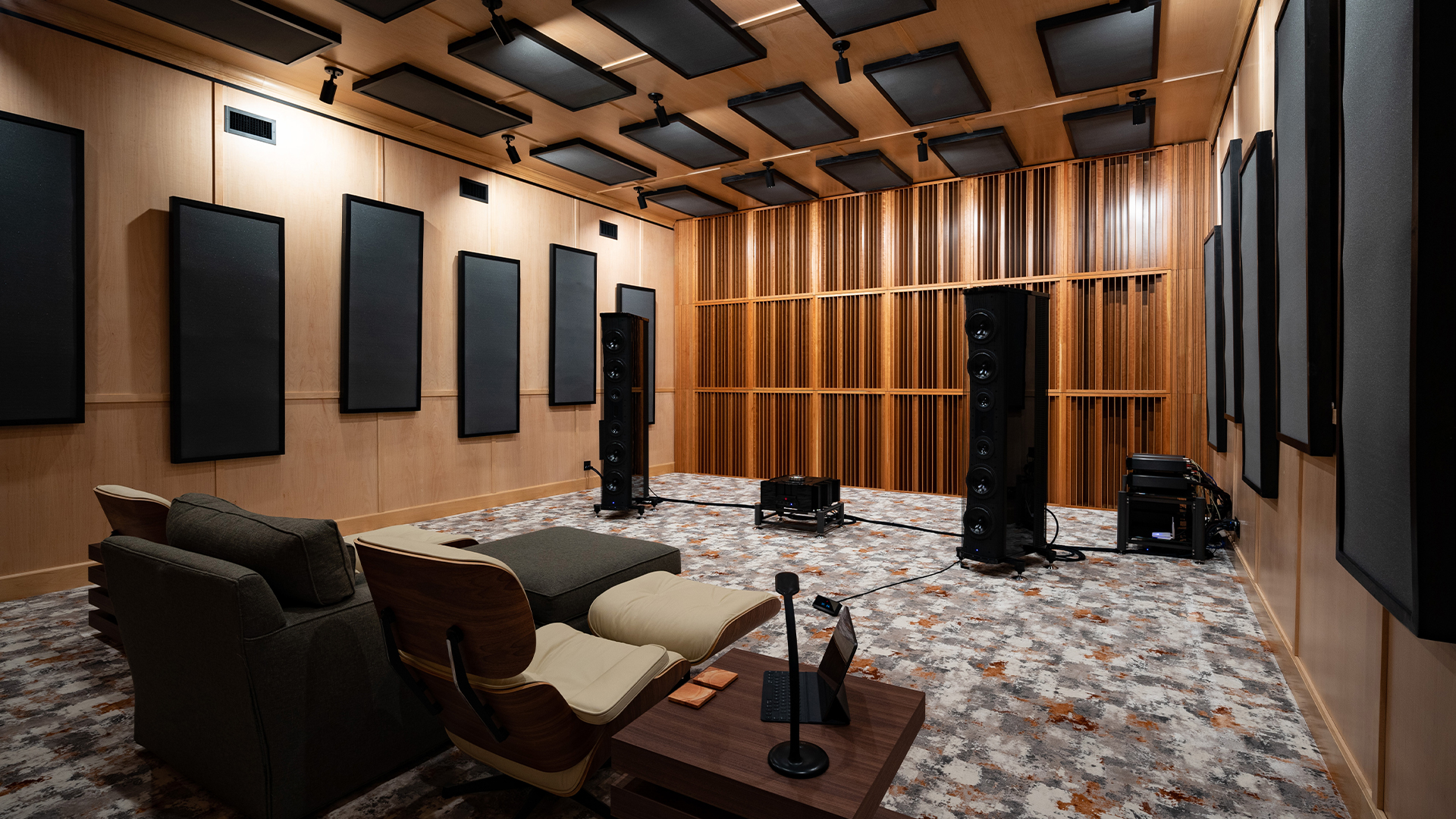
Two Dimensional Diffusion
Low-frequency energy management is all about sound pressure. Middle and high frequencies are all about air movement or as we say molecular velocity. Mid and high-frequency energy must be treated with technology that realizes the importance of airflow across its surface and only absorbs at the proper rates and levels required for music and voice. Music and voice are different than noise. Our goal with music and voice is to absorb just enough energy without over absorbing and creating a lifeless and dead presentation. Once mid and high-frequency energy is absorbed, it is converted to heat and lost forever. With the cost of today’s amplifiers and speakers, the last thing we want to do is to destroy energy in order to manage it. Our StudioPro Foam is designed to absorb to minimize energy loss and promote all frequencies that we need in order to be able to hear everything in our musical presentation.
Quadratic diffusion is a technology that can make a small room sound much larger. It can also make an already large room sound even larger. It accomplishes this magnificent feat by minimizing the impact of reflections on each wall surface area. Our quadratic diffusion technology was placed upon the front and rear walls of this two channel listening room project. One dimensional diffusion on the front wall creates a wide horizontal sound field in front of the listener that makes for a wider soundstage with more definition and resolution. Two-dimensional diffusion was placed on the rear wall to minimize the audible impact of the reflections from the rear wall to the listening position. Only real wood was used for all diffusion systems. Only real wood will produce the real tone and timbre qualities that we must have in order to make the speakers and crossovers disappear.
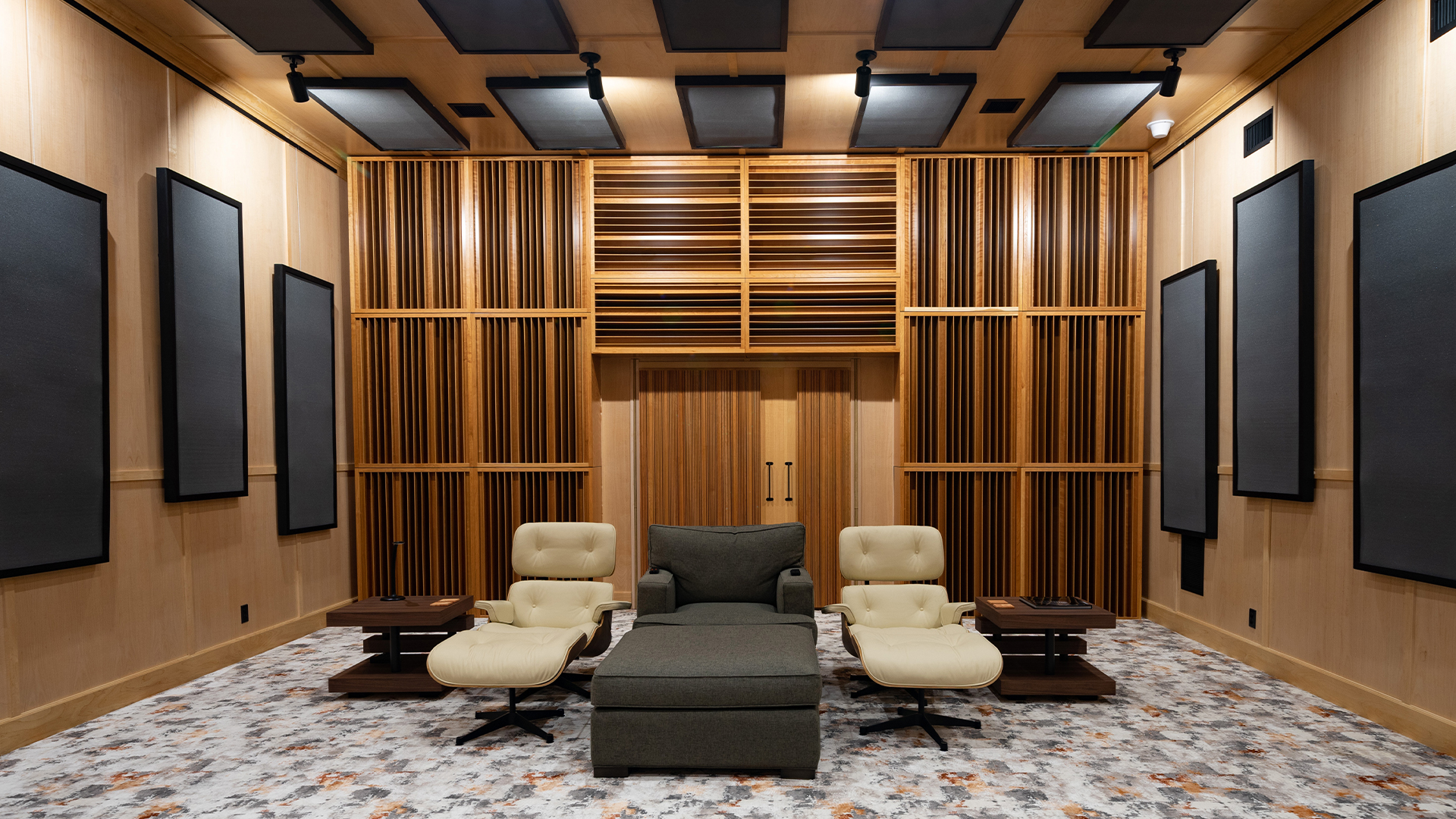
CAW: CARBON ABSORBING WALL
In this project, we choose room dimensions that were conducive to managing low-frequency issues from the beginning with our CAW system. Of all the three dimensions, room height is the most critical. It is always the smallest of the three dimensions and we must maximize it to work well with the width and length of the room. We have found that 13′ – 15′ are welcome heights that minimize low-frequency pressure issues between the floor and ceiling efficiently. We built the walls in sections and raised one section on top of the other section, and bolted them together. Our “sandwich” noise system and carbon filters were employed between the studs to minimize noise issues along with achieving the rates and levels of absorption required at each wall position to manage unwanted low-frequency build-up. With this level of attention to sonic detail, you get a room with a low noise floor and a low-frequency energy management to die for.
The middle and high-frequency presentation will cause all the gear to disappear and leave only the music. When it is all said and done, the room is just as critical as your speakers and amplifiers. I would argue even more important. Unfortunately, most individuals do not understand that without spending a lot of time and money making many mistakes along the way. They keep buying new gear to get a new sound when the sound is and always has been in your gear. It is your room that is not letting you hear everything your gear is producing. Certain room sizes and volumes will exaggerate certain sounds and not let you hear others. No amplifier or speaker has that influence on presentation. No speaker hides or exaggerates certain octave bands. No amplifier hides or exaggerates those same octave bands. Only a room has that kind of power and influence. It must be taken seriously. This project is serious. Nothing hides in this room. Nothing can.
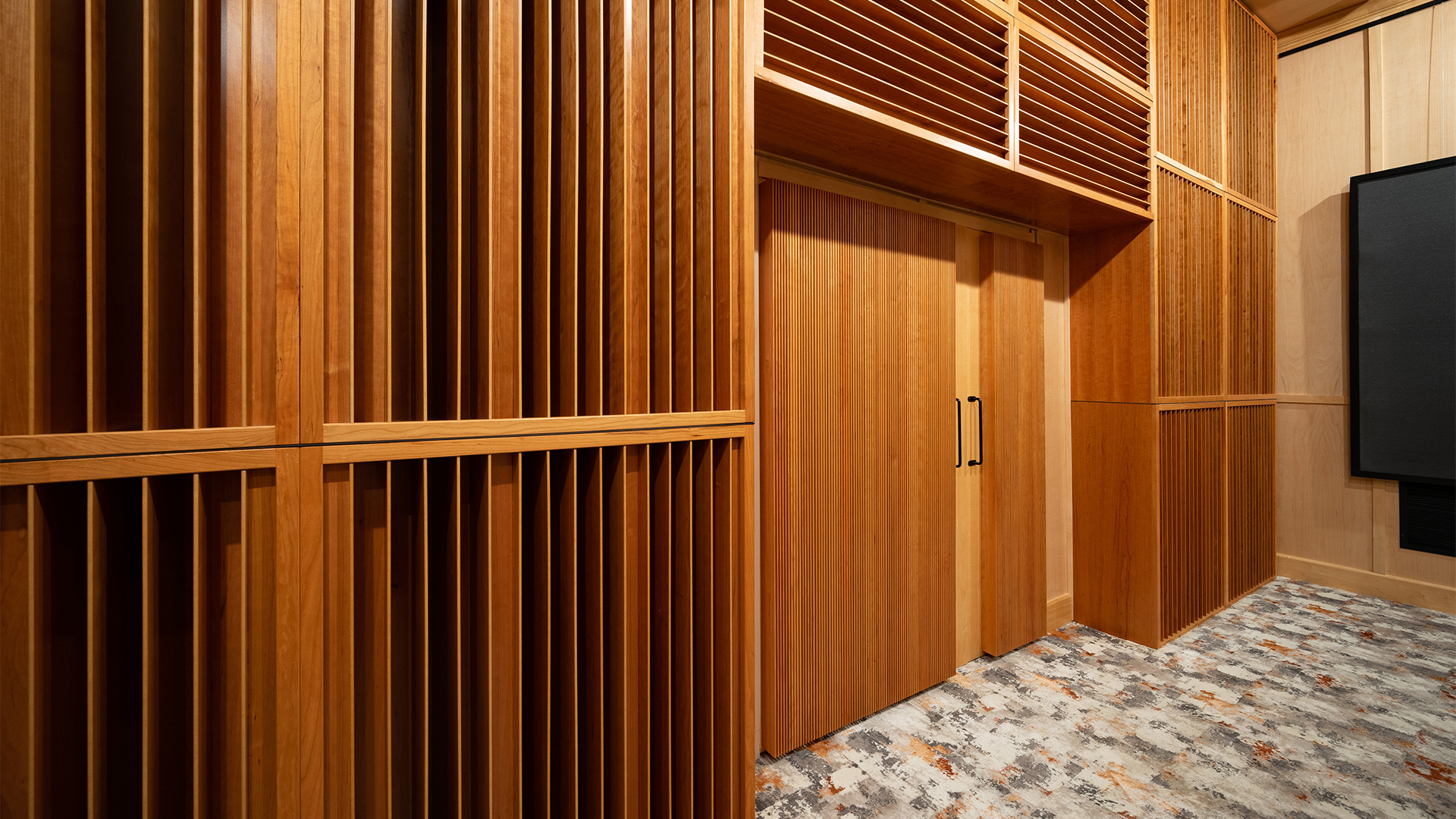
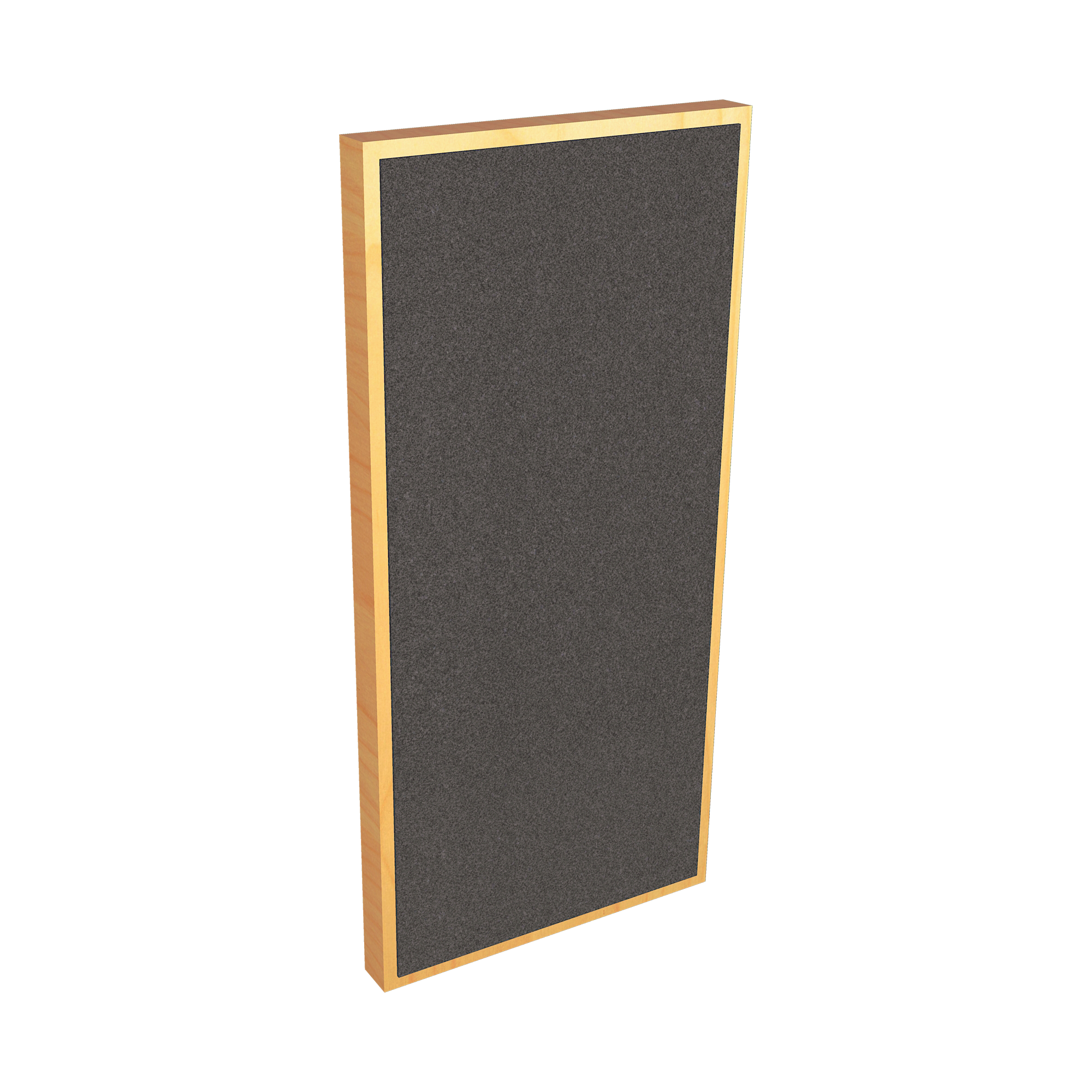
Acoustic Foam Panel
Our proprietary foam technology is denser and more rigid than most foams currently in the marketplace. For installation purposes, it is easier to build a wood frame around the desired foam size for your usage and room size. With the wood frame panel, you can hang the units on any wall surface just like a picture frame or suspend from a ceiling. The frame can be painted any color desired to match existing decor. LED lights can be added around the frame edge is a lighting option needs to be considered in your design.
Do you want to solve your room acoustic problems?
There’s no one size fits all when it comes to room acoustics.
Get your FREE personal room acoustics analysis by chief acoustics engineer Dennis Foley.


